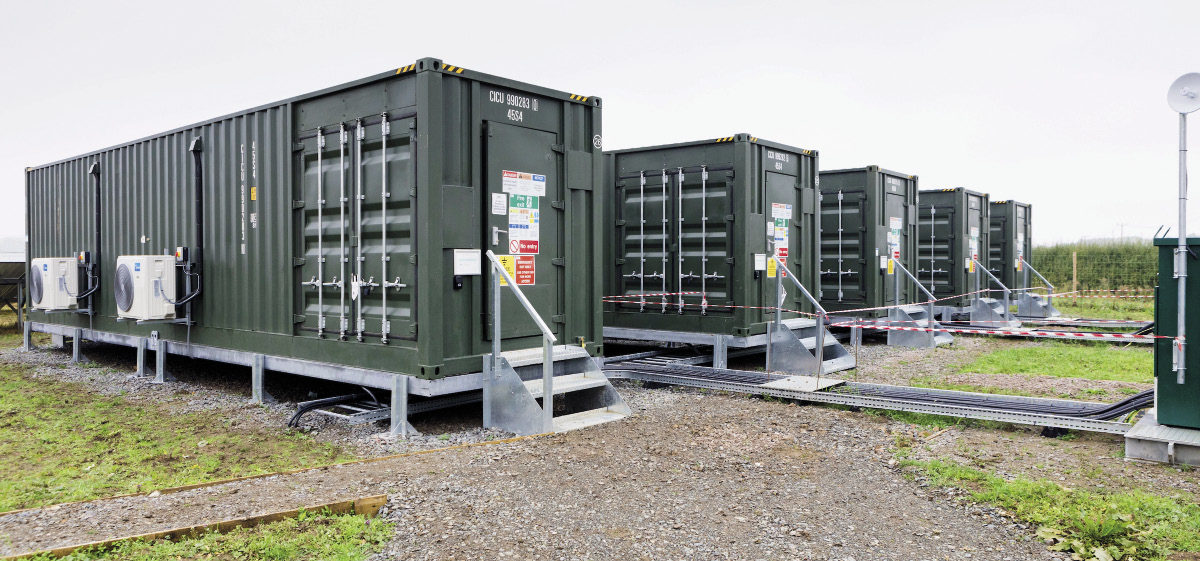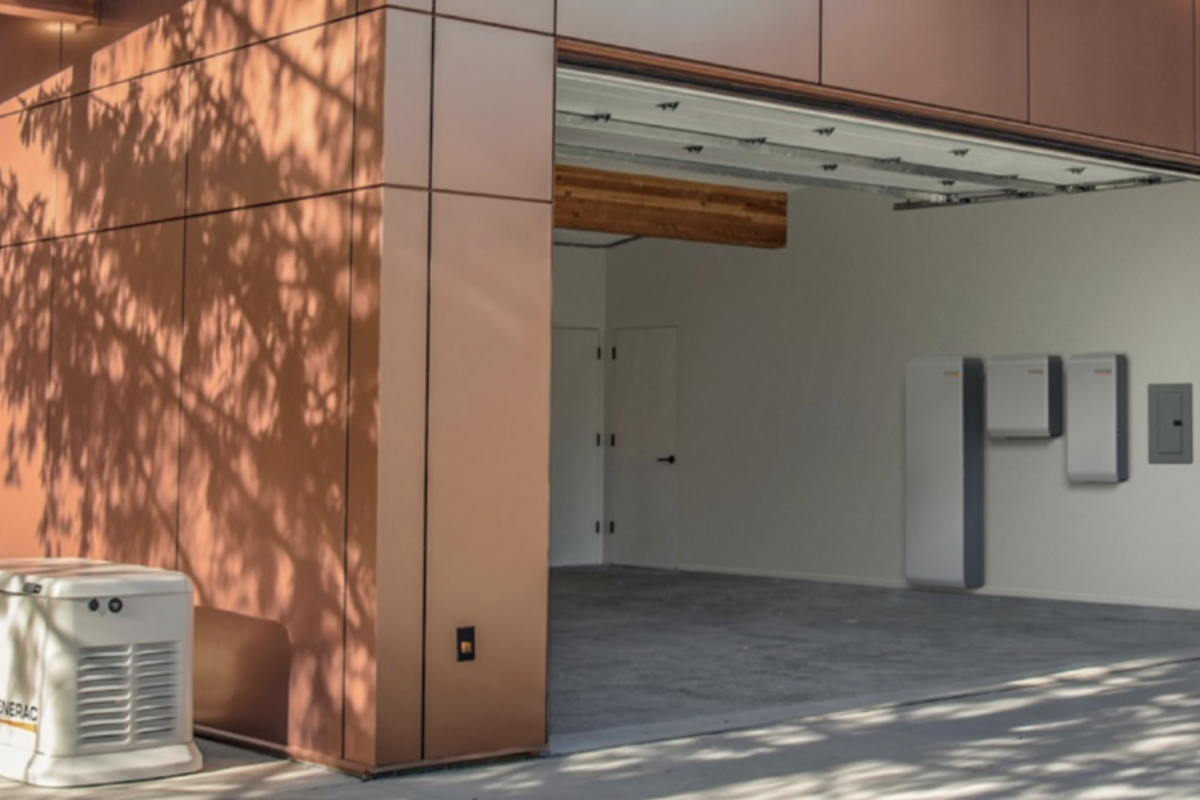Kenya Power, the utility that owns and operates most of the electricity transportation lines in the country, in 2017 signed power purchase agreements (PPAs) for four 40 MW solar plants.
David Kariuki, deputy director in charge of energy planning at the Energy Regulatory Commission of Kenya, told pv magazine two of the facilities are under construction and will be commissioned this year. The projects are in Eldoret, western Kenya, and are being developed by Cedate and Selenkei, special purpose vehicles created by Eldosol and Radiant, counterparties to the PPAs.
The other two planned solar farms, however, “are yet to meet all the conditions precedent to the PPAs and have also not reached financial close”, said Kariuki, who added: “This implies that they will delay a little further.”
All four projects will receive a tariff of $0.12/kWh for 20 years, a figure based on the nation’s revised feed-in tariff law of 2012 which some stakeholders have criticized as overly generous.
The 50 MW Garissa solar plant
Kenya has 56.25 MW of installed solar capacity, according to Kariuki, most of it at the 50 MW Garissa solar farm. That project is owned by the government through its Rural Electrification Authority – now branded the Rural Electrification and Renewable Energy Corporation.
The government body states on its website “this project is contributing about 2% of the national energy mix and has significantly led to a reduction of energy costs in the country, thereby promoting the development of clean, reliable, sustainable and affordable electricity”.
Kariuki told pv magazine the tariff paid for Garissa “is confidential, but it is by far cheaper than the current applicable tariff for solar under the FIT policy, of $0.075/kWh”.
Why is progress slow?
With solar deployment sluggish, Kenya has been criticized for not giving sufficient priority to PV.
Speaking at the Africa Energy Forum held in Lisbon in the summer, Hoda Moustafa – head of Africa at the World Bank’s Multilateral Investment Guarantee Agency – accused the authorities of focusing too much effort on geothermal power.
“Some investors have letters of support, others have their projects grandfathered [permitted to continue despite revised guidelines] yet their PPAs don’t go forward,” said Moustafa in Lisbon. “This happens because there are many conditions tied with the signature of a PPA and sometimes it is up to the investors to meet these conditions but other times it is up to the government’s institutions, and if the conditions are not met then the projects don’t go forward.”
Geothermal power is favored
Speaking at the same panel event in Portugal, Joshua Choge, chairman of Kenya’s Electricity Generating Company, echoed the move towards geothermal development. Choge said the generating company has a mandate to provide cheap electricity in a sustainable way. Therefore, he said, “we switched to geothermal power” with a new pipeline of such projects coming online this year.
However criticism of Kenya’s approach to solar comes as Toyota announced the results of a busy trade fair which saw it sign 16 memoranda of understanding with African nations, including three renewable energy deals – two of which are planned for the East African nation.
The Japanese carmaker’s Toyota Tsusho unit said it will be involved in a solar-storage-wind project alongside national and local development bodies KenInvest and the Meru County Investment and Development Corp, and wind power developers Windlab and Eurus Energy.
Australian business Windlab and Eurus, which claims to be Japan’s largest wind power developer, have worked on the Kennedy Energy Park which is under construction in Queensland, Australia. That site features 15 MW of solar generation capacity, 43 MW of wind power and 2 MW/4 MWh of storage.
PV element
Online energy journal ESI Africa has reported the Meru County hybrid project for Kenya will have an 80 MW generation capacity supplied by 40,000 solar modules and 20 wind turbines. The report, which did not include an estimate of the anticipated storage capacity at the site, stated the project would cost around $150 million and construction would be unlikely to start before 2021.
Hybrid solar-wind projects have picked up momentum in the last year as developers embrace the benefits of shared grid connections. Kenya – and Australia – are among the global locations with high overlap between solar and wind power generation, ensuring one power source is likely to be generating energy when the other is not. According to a study carried out by by Fasihi, Bogdanic and Breyer which overlapped wind and solar irradiation data, 7,000-8,000 full load hours of energy production are possible in some locations. If such plants are connected to storage systems, power output can equate to the dispatchable nature of thermal generation facilities.
Toyota also announced brief details of a Kenyan microgrid project it will be involved in alongside KenInvest, Californian minigrid developer Powerhive, TTC Group and French specialized distribution company CFAO.
Zambian deal
The Japanese giant also committed to develop two 50 MW solar projects in Zambia, in cooperation with Egyptian energy company Elsewedy Electric Co. Those projects will also involve an element of storage alongside the solar capacity, and construction is again unlikely to begin before 2021.
Around 75% of the Kenyan population has access to electricity and in December the government launched the Kenya National Electrification Strategy, developed with the World Bank to provide a roadmap to universal access by 2022.
“The electrification strategy will deploy geospatial technology to develop a mechanism that provides objective planning data,” the World Bank states on its website. “[These] data will assist national and county policymakers in making informed decisions regarding [the] grid and off-grid investments required for electric service provision.”
This content is protected by copyright and may not be reused. If you want to cooperate with us and would like to reuse some of our content, please contact: editors@pv-magazine.com.




Priority for geothermal is defensible, if you have it as Kenya does: like hydro and unlike other renewables it’s fully despatchable. If you use it to firm variable wind and solar the capacity factor falls and geothermal becomes more expensive.
That said, what seems to be needed is a transparent pricing framework, that recognizes the low LCOEs of wind and solar and also pays an appropriate premium for the despatchability of geothermal. Besides, solar offers an interesting pathway to grid connectivity through expanding local microgrids to minigrids and ultimately main grid hookup. In Africa, relying on expansion of a traditional centralised grid will take too long and cost too much.